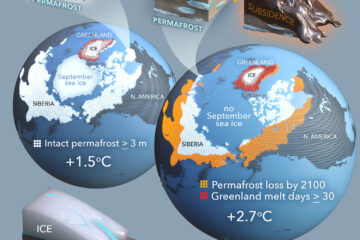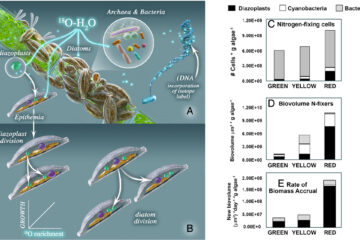Understanding the continuous phenological development at daily time step with a Bayesian hierarchical space-time model: impacts of climate change and extreme weather events
The impacts of climate change and extreme weather events (e.g. frost-, heat-, drought-, and heavy rainfall events) on the continuous phenological development over the entire seasonal cycle remained poorly understood. Previous studies mainly focused on modeling key phenological transition dates (e.g. discrete timing of spring bud-break and fall senescence) based on aggregated climate variables (e.g. mean temperature, growing-degree days). We developed and evaluated a Bayesian Hierarchical Space-Time model for Land Surface Phenology (BHST-LSP) to synthesize remotely sensed vegetation greenness with climate covariates at a daily temporal scale from 1981 to 2014 across the entire conterminous United States. The BHST-LSP model incorporated both temporal and spatial information and exhibited high predictive power in simulating daily phenological development with an overall out-of-sample R2 of 0.80 ± 0.17 and 0.72 ± 0.20 for spring and fall phenology, respectively. The overall out-of-sample normalized root mean square errors were 9.3% ± 6.1% and 9.9% ± 5.2% between the observed and predicted vegetation greenness for spring and fall phenology, respectively. We found that a fast increase of temperature can accelerate the speed of spring green-up while a slow decrease of temperature can lead to a decelerated fall brown-down. Increasing accumulated precipitation can benefit daily phenological development over an entire growing season, while extreme rainfall events can have the opposite effects. More frequent frost events could slow spring leaf expansion and accelerate fall leaf senescence. Impacts of extreme heat events were complex and depended on water availability. Cropland in the Midwest as well as evergreen needleleaf forest along the coastal regions showed relatively strong resistance to drought events compared to other land cover types. The BHST-LSP model can be used to forecast vegetation phenology given future climate projection, thus providing valuable information for adopting climate change adaptation and mitigation measures.


